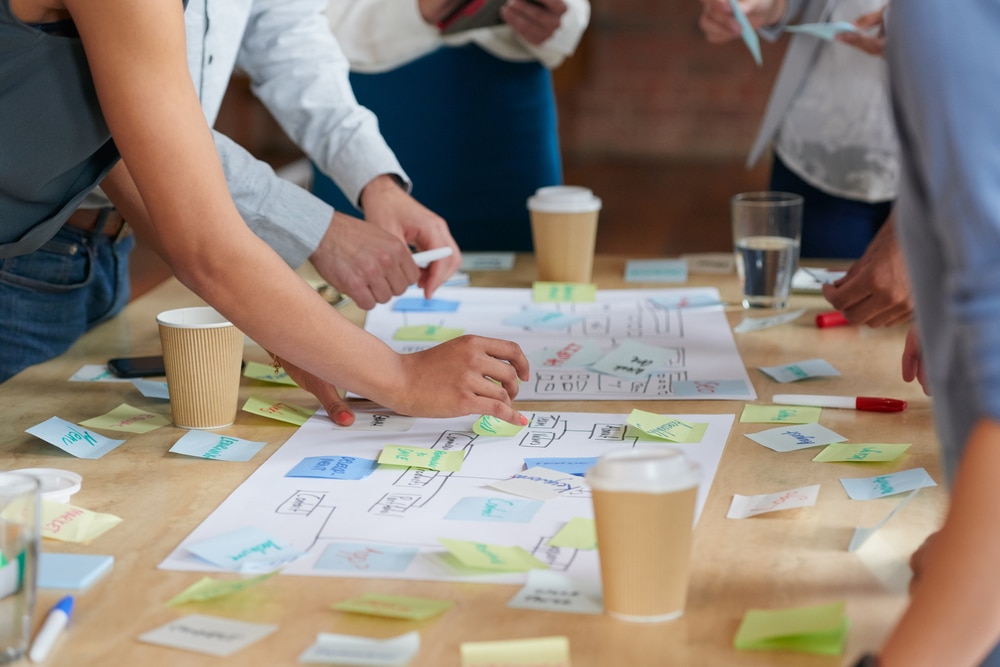
If you’re looking to create your first website, WordPress is one of the best platforms to start with. It’s flexible, user-friendly, and offers endless possibilities for customization, whether you’re building a blog, business site, portfolio, or eCommerce store. But for beginners, diving into WordPress can feel overwhelming. Fear not—this step-by-step guide will walk you through the entire process of creating your first WordPress website, from setting it up to publishing your content.
Before you can begin building your WordPress site, you’ll need two essential things: a domain name and a web hosting account.
A domain name is the web address people will use to find your site (www.yoursite.com). Pick a domain name that is short, easy to remember, and reflects your brand or purpose. For instance, if you’re creating a blog about travel, something like “WanderlustAdventures.com” might work well.
Most web hosting providers offer domain registration services, so you can buy your domain when you sign up for hosting. Alternatively, you can use platforms like Namecheap or GoDaddy to purchase a domain name separately.
Web hosting is where all your website’s files are stored. When choosing a hosting provider, look for one that offers good performance, security, customer support, and WordPress optimization. You can select a shared hosting plan, which is an affordable choice for beginners, or opt for managed WordPress hosting or VPS (Virtual Private Server) for more control and performance as your site grows.
Once you’ve selected your hosting provider, follow their instructions to sign up and choose a hosting plan.
Once you’ve secured your domain and hosting, it’s time to install WordPress. The majority of hosting providers offer one-click WordPress installation, meaning you don’t need any technical skills to get started.
Your website’s theme controls its appearance. WordPress offers a wide range of free and premium themes, which can be customized to fit your brand.
Don’t worry about perfecting the design at this stage—you can always change your theme or customize it later.
Now that your theme is installed, it’s time to make your website uniquely yours. WordPress allows for easy customization without any coding.
You can also explore other customization options like menus, widgets, and social media links, depending on the theme you’ve selected.
Plugins extend the functionality of your WordPress site. There are thousands of plugins available for various tasks such as SEO, security, performance optimization, and more. Here are a few essential plugins for beginners:
To install a plugin, go to your WordPress dashboard > Plugins > Add New, search for the plugin by name, click Install Now, and then click Activate.
Every website should have a few basic pages. Here are some common pages you’ll want to create:
To create a page, go to Pages > Add New in your dashboard. Add a title, content, and any necessary images, and click Publish to make it live.
Now comes the fun part: creating content! Whether you’re blogging, building a portfolio, or offering services, content is the heart of your website.
Once you’re happy with your website’s design, content, and functionality, it’s time to launch!
Congratulations! You’ve now created your first WordPress website. Whether you’re starting a blog, portfolio, or small business site, WordPress provides you with the tools to create a site that’s functional, beautiful, and scalable. With its user-friendly interface, customization options, and vast support community, WordPress is the perfect platform for beginners looking to build a website.
Remember, building a website is an ongoing process. As you continue learning and experimenting, you’ll be able to refine your site and make it even better.
Happy building!
🔑 Pick a memorable domain – Choose a short, brand-relevant name that’s easy to remember and type.
⚙️ Use one-click WordPress install – Most hosts offer this—saves time and requires no technical skills.
🎨 Start simple with your theme – Don’t stress about design early on. Pick a clean theme and customize later.
🔌 Stick to essential plugins – Install only key plugins (like Yoast SEO and Contact Form 7) to keep your site fast and secure.
📝 Create key pages first – Focus on a home, about, and contact page before diving into blog posts or advanced features.
Share: